| Structure | Name/CAS No. | Articles |
|---|---|---|
 |
Sulfuric acid
CAS:7664-93-9 |
|
 |
Chloroform
CAS:67-66-3 |
|
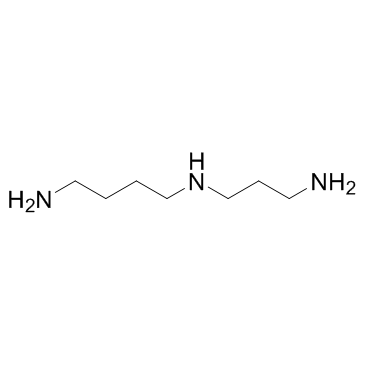 |
spermidine
CAS:124-20-9 |
|
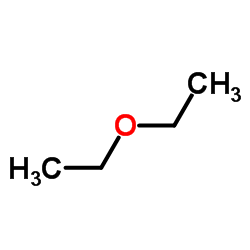 |
Diethyl ether
CAS:60-29-7 |
|
 |
N-hexane
CAS:110-54-3 |
|
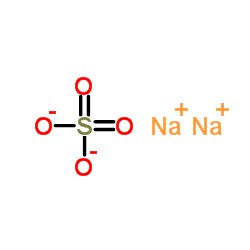 |
sodium sulfate
CAS:7757-82-6 |
|
 |
Methanol
CAS:67-56-1 |
|
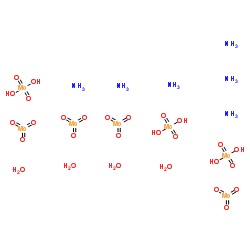 |
Ammonium molybdate tetrahydrate
CAS:12054-85-2 |
|
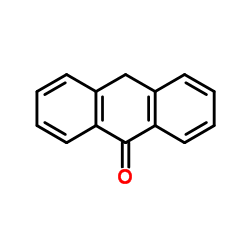 |
Anthrone
CAS:90-44-8 |
|
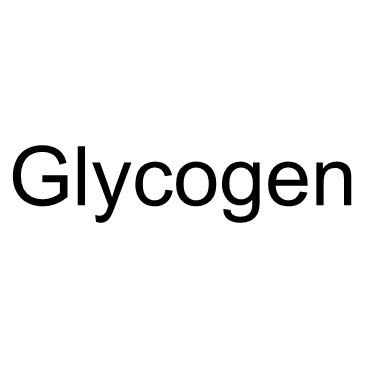 |
Glycogen
CAS:9005-79-2 |